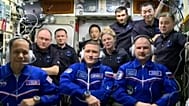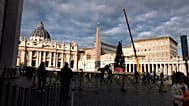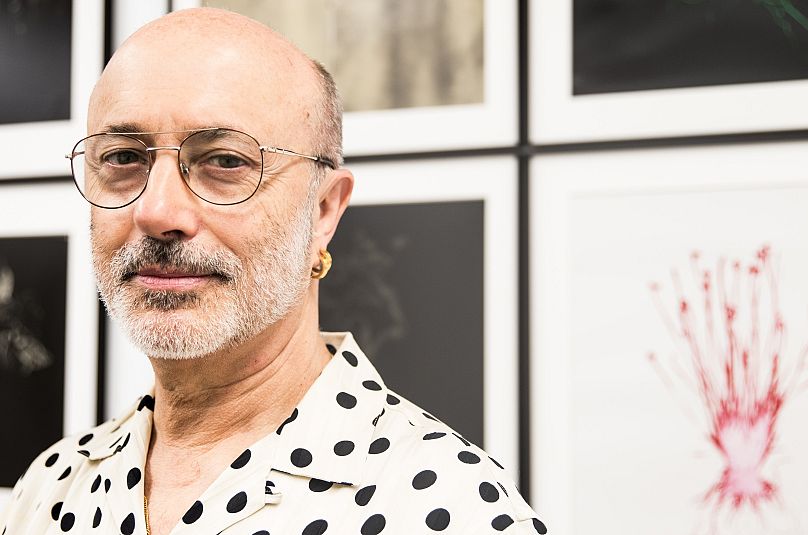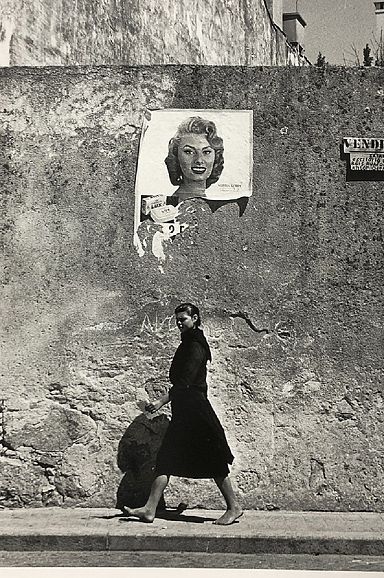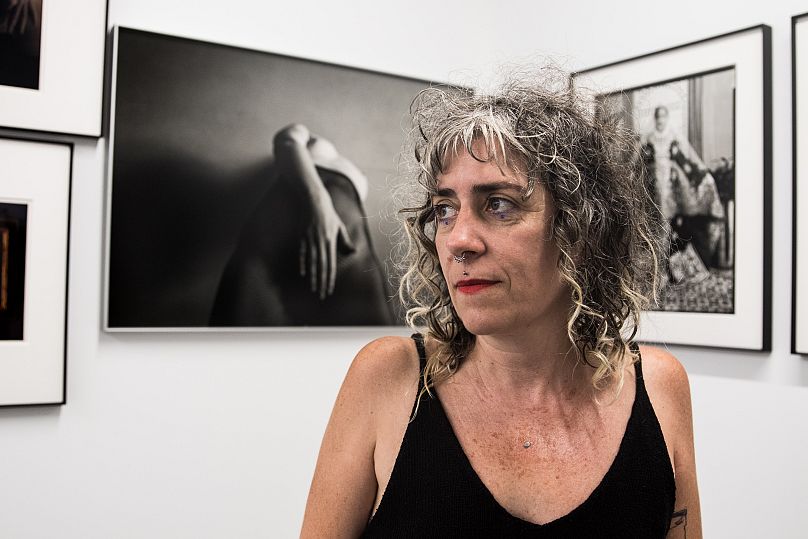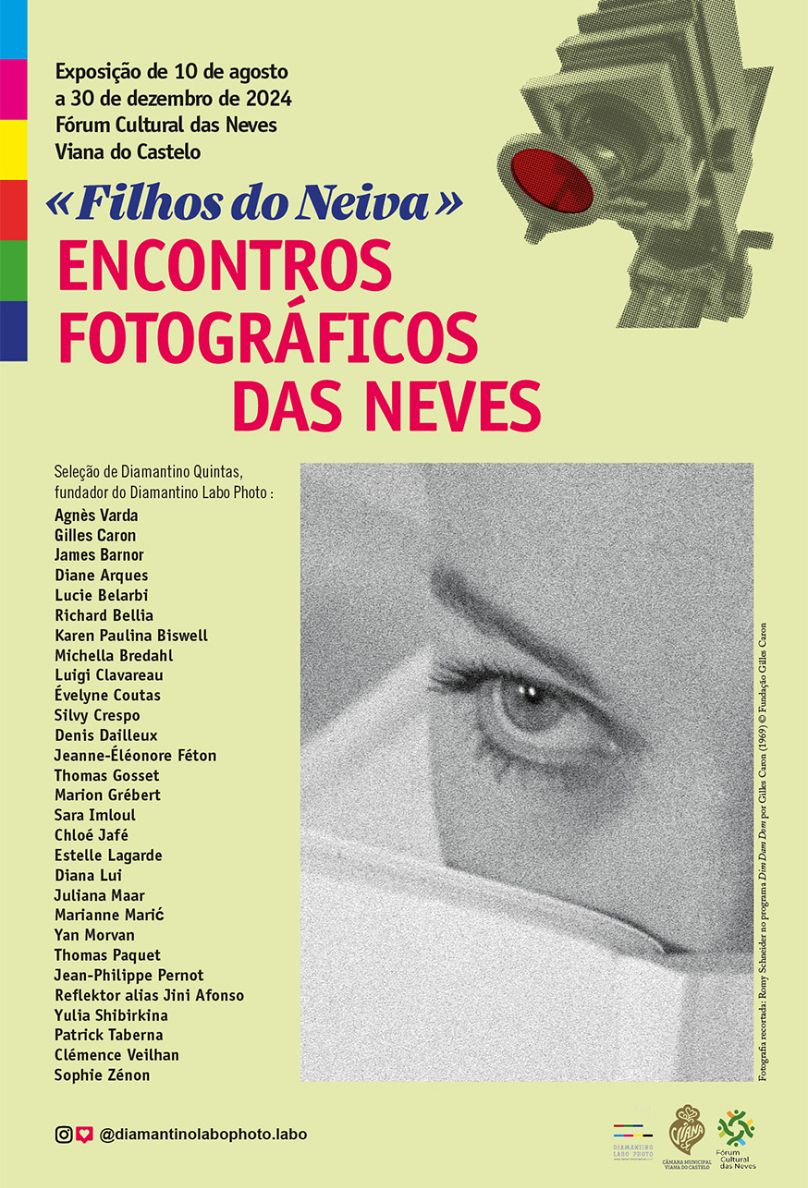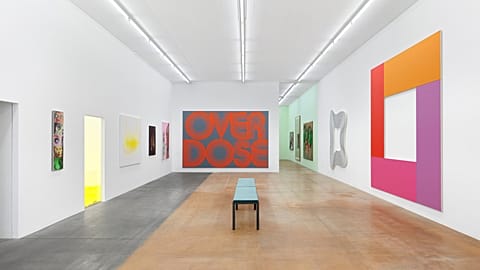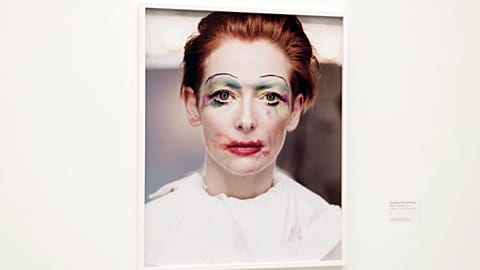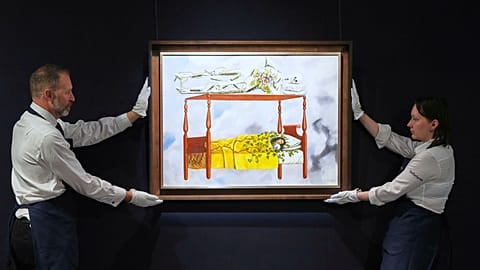Names like Agnès Varda and Gilles Caron, but also some young talents, can be seen at the Encontros Fotográficos das Neves until the end of the year. Euronews spoke to the "soul" of the event, Diamantino Quintas.
How did Vila de Punhe, a small town in the municipality of Viana do Castelo, become the stage for what is probably the most important and complete photography exhibition in Portugal at the moment?
The answer can be found in Diamantino Quintas: The story of the Neves Photographic Encounters', on show at the Neves Cultural Forum until the end of the year. It is first and foremost the story of a young man who left his village for Paris, founded a photographic laboratory that is now a world reference - without ever forgetting where he came from.
At the age of 19, before heading to France, Diamantino took a photograph of the banks of the River Neiva, where he used to bathe with his friends. More than 40 years later, during a conversation, he came up with the idea of offering the photo to his hometown.
More precisely, to the recently opened Neves Cultural Forum.
From the gift of a single photograph, the idea soon evolved into an exhibition that reviews the main authors with whom Diamantino works as a developer/enlarger.
The exhibition features more than 100 works by 29 photographers, from established artists like Gilles Caron and Agnès Varda to emerging names like Karen Paulina Biswell or Michella Bredahl. The lot is mainly made up of French or French-based authors, but also includes Portuguese artists Silvy Crespo and Juliana Maar.
See a selection of the photos on show in the gallery below:
Guardian of an art that almost disappeared
It was the legendary Robert Doisneau who, in his final years, trusted Diamantino to print his photos for exhibitions - a relationship that continued with the family after the photographer's death in 1994.
The family of Gilles Caron, who tragically disappeared at the age of 30 in 1970 while reporting in Cambodia, also works exclusively with him to print photographs. But it's not the names that impress the 63-year-old from Minho: "I don't care if they're important names or not, what interests me are the human qualities of the person. That's the aspect I like to cultivate."
One of the aspects of this exhibition that sets it apart is the way it focuses not the figure of the photographer, but that of the enlarger, who is usually in the shadow of the artists he works for.
In a world that is almost 100% digital, Diamantino Labo Photo is going against the grain and betting on analogue. Here, everything starts with the negative and continues with exclusively handmade, analogue processes. That's what makes this lab unique in the world.
"There are many artisans making analogue photographic prints, on an individual level. But on a professional level, with a team of several people, I'm the only one in the world doing it at the moment," he says.
Diamantino has five people working for him in his laboratory in Paris.
If the art of analogue photography came close to disappearing, he's not letting it die and has even given it a new lease of life.
"I don't see digital as a threat. Perhaps if digital hadn't appeared, my lab would no longer exist," he adds.
Juliana Maar worked only with digital until she met Diamantino.
"I met him through some French photographer friends and I was amazed by his work," she says.
Her curiosity took over and she began to focus on analogue photography, a work she has been developing in partnership with the mentor of these meetings. The exhibition showcases a series of photographs centred around a theme that is the main constant in Juliana Maar's work: self-portraits and variations on the female body.
"My work is very personal, it's a diarist's work," she explains. "I try to convey my message through the body, sometimes in a metaphorical way, other times breaking the idea that the naked body is something sexualised."
While the lower floor of the forum is dedicated to the work of the 29 photographers, the upper floor is decorated under the sign of friendship. Alongside the photo Diamantino took of the River Neiva, there are photographs of three friends with whom he grew up and who also fell in love with photography, including the other great creator of these meetings, Domingos Jaques.
Because friendship and sharing are the main reasons for this event.
When asked about the importance of showing what he does to the people he grew up with, Diamantino replies: "More than showing, the important thing for me is sharing. That's my purpose."

